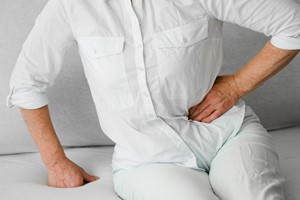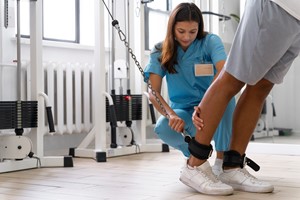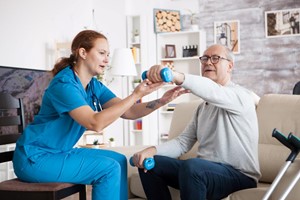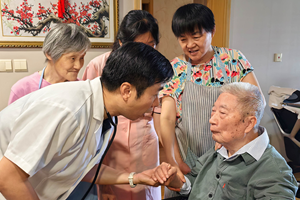Researchers at Aarhus University have recently conducted a study comparing two common exercise interventions for hip osteoarthritis, shedding light on effective treatment strategies for this prevalent condition.
Hip osteoarthritis is a leading cause of pain and reduced physical function in adults, affecting thousands annually. Physical exercise is widely recognized as essential for managing symptoms, including pain relief, improved function, and muscle strengthening. However, determining the optimal type of exercise has remained uncertain until now.
In this study, led by Troels Kjeldsen, a PhD student from Aarhus University's Department of Clinical Medicine, researchers compared progressive resistance training with neuromuscular exercises. Progressive resistance training focused on increasing muscle strength through gradually intensifying exercises, while neuromuscular exercises aimed to improve balance, stability, and coordinated muscle movement.
Surprisingly, the study found no significant difference in outcomes between the two exercise methods. Participants, totaling 160 individuals, underwent assessments of physical function, pain levels, and quality of life. Despite expectations that resistance training would yield superior results, both groups showed similar improvements across all measures.
Troels Kjeldsen notes, "We were surprised by how similar the results were, and that there was no measurable difference in the effects of the two types of training on physical function."
These findings challenge conventional assumptions and suggest a reevaluation of treatment approaches for hip osteoarthritis. Rather than a one-size-fits-all approach, the study advocates for personalized treatment strategies, taking into account individual patient preferences and needs.
Kjeldsen emphasizes the importance of patient involvement in selecting the appropriate exercise regimen. "Some will prefer hard resistance training using machines in a gym, while others will prefer less strenuous exercises with focus on balance and control, which could perhaps be done in their own home. And this can help increase motivation and improve long-term outcomes for the patient."
Looking ahead, a follow-up study is underway, exploring the effects of booster sessions to prolong the benefits of initial training programs. If successful, these sessions could offer a cost-effective method to maintain the effects of exercise over time.
This study provides valuable insights into the management of hip osteoarthritis, paving the way for more tailored and effective treatment strategies. By acknowledging the diversity of patient preferences and needs, healthcare practitioners can better address the challenges posed by this common condition.
eurekalert













